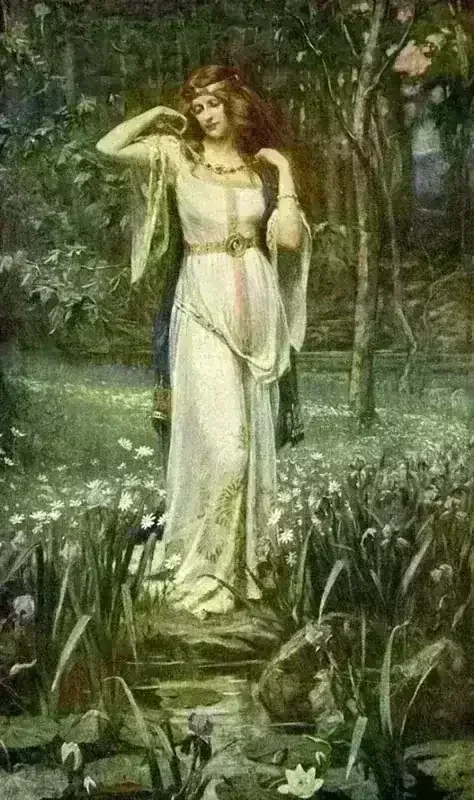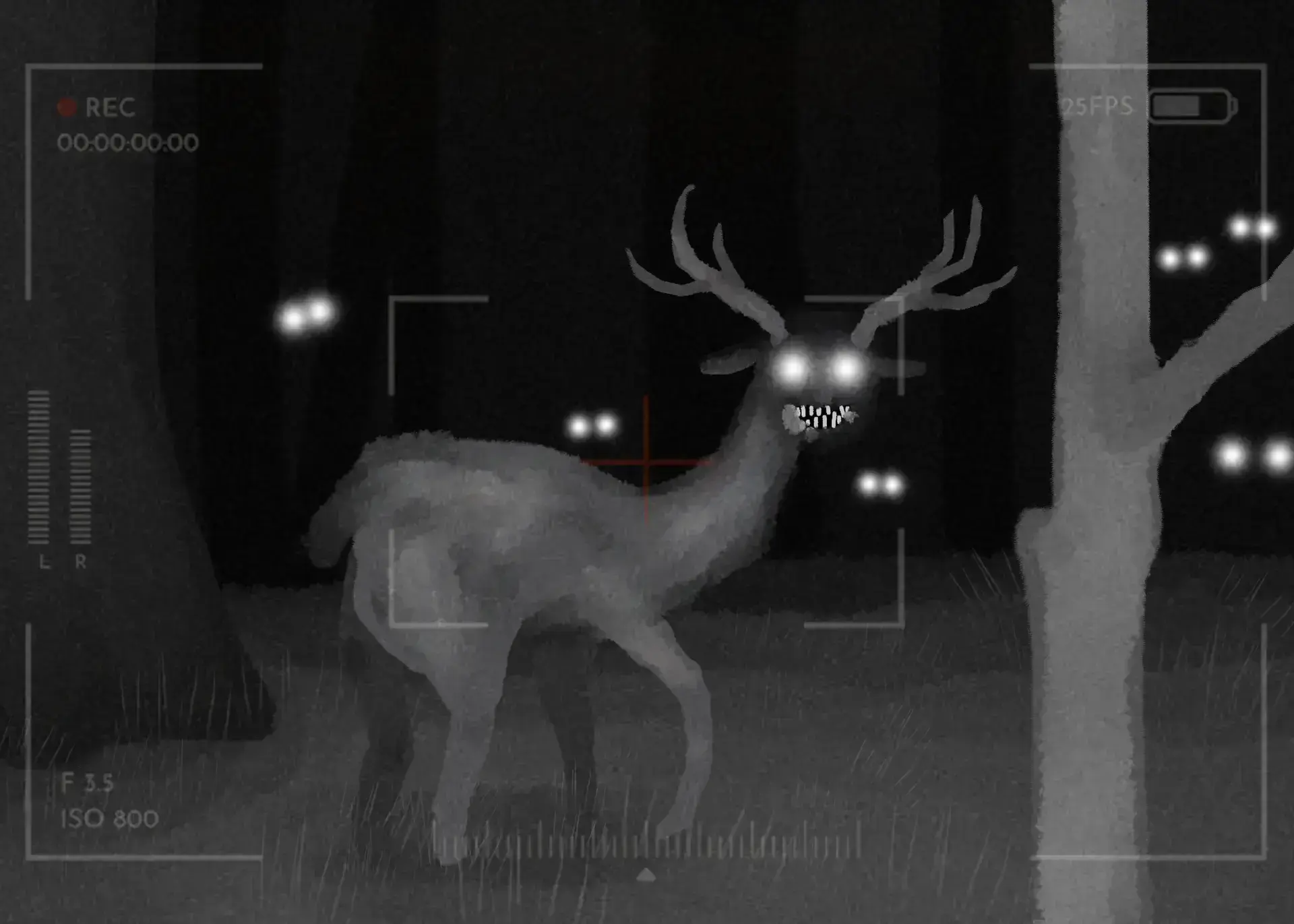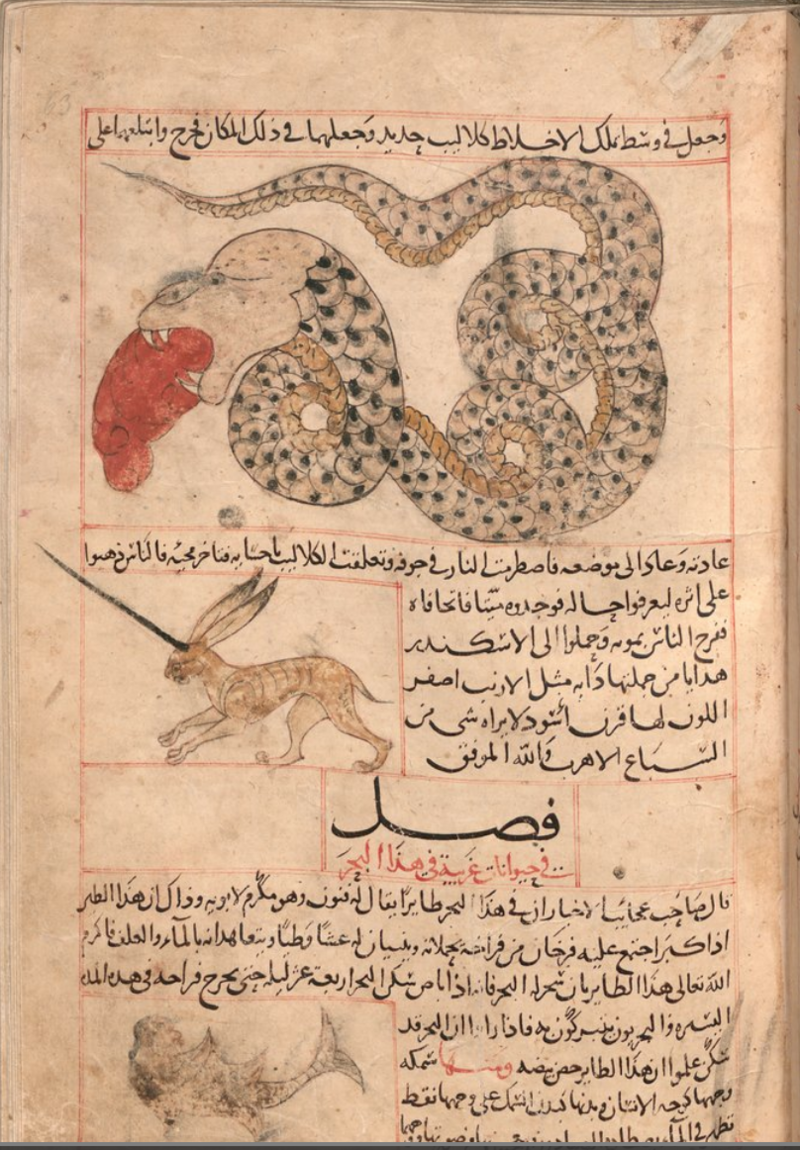Freyja

Freyja (Old Norse for "Lady") is a goddess in Norse mythology associated with love, beauty, fertility, sex, war, gold, and seiðr—magic used to see and influence the future. She possesses several treasured items: the necklace Brísingamen, a chariot drawn by two cats, the boar Hildisvíni, and a falcon-feather cloak. With her husband Óðr, she has two daughters, Hnoss and Gersemi.
As a member of the Vanir, Freyja belongs to one of the two primary groups of deities in Norse cosmology, alongside her twin brother Freyr, her father Njörðr, and her unnamed mother (Njörðr's sister). Modern variants of her name include Freya, Freyia, and Freja.
Freyja oversees Fólkvangr, her heavenly field where half of those slain in battle dwell (the other half go to Odin's hall, Valhalla). Within Fólkvangr stands her hall, Sessrúmnir. She helps other gods by lending them her feathered cloak, is called upon in matters of fertility and love, and is often pursued by powerful jötnar (giants) seeking her hand in marriage. Her husband Óðr is frequently away, causing her to weep tears of red gold and search for him using different names. Freyja is known by many titles, including Gefn, Hörn, Mardöll, Sýr, Vanadís, and Valfreyja.
References to Freyja appear in the 13th-century Poetic Edda, Snorri Sturluson's Prose Edda and Heimskringla, several Icelandic sagas, the short story "Sörla þáttr," skaldic poetry, and continuing into modern Scandinavian folklore.
Scholars debate whether Freyja and the goddess Frigg may derive from a single Germanic goddess. They've explored her connections to valkyries (female choosers of the slain), and analyzed her relationship to other Germanic goddesses and figures, including Gullveig/Heiðr, Gefjon, Skaði, Þorgerðr Hölgabrúðr and Irpa, Menglöð, and the "Isis" of the Suebi mentioned in the 1st century CE. Many plants in Scandinavia, particularly in southern Sweden, once bore Freyja's name before being renamed for the Virgin Mary during Christianization. Rural Scandinavians continued to recognize Freyja as a supernatural being into the 19th century, and she has inspired numerous artistic works.


